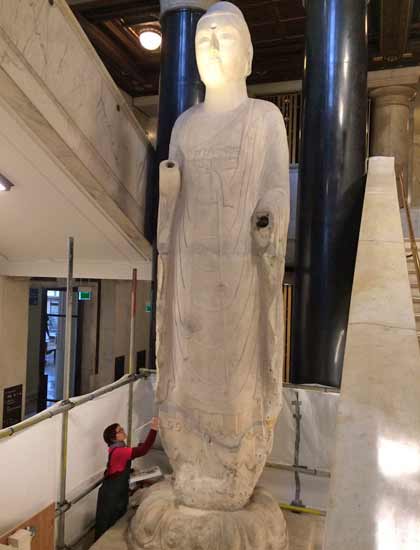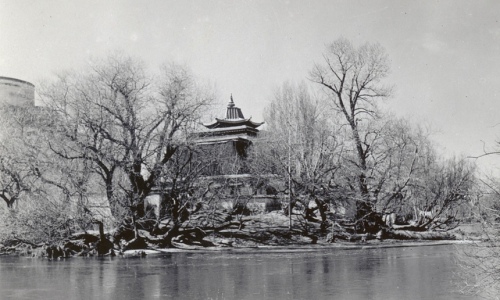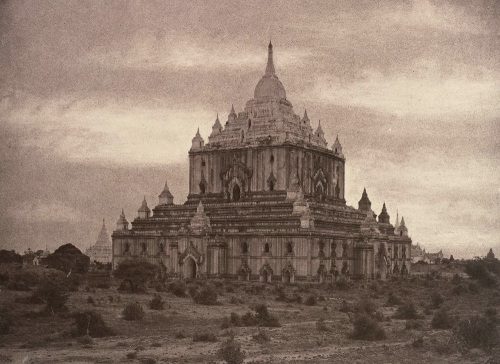 American and Chinese museum leaders gather in New York to discuss international co-operation
American and Chinese museum leaders gather in New York to discuss international co-operation
The Art Newspaper
by JULIA HALPERIN | 26 September 2016
Dozens of museum leaders from the US and China are gathering in New York this week to compare notes and brainstorm ways to promote cultural exchange between their two nations. The US-China Museum Summit, which kicks off today (until 28 September), is the third biannual meeting between the two groups and is co-organsed by the American Federation of Arts (AFA) and the Asia Society.
As the speakers at the summit revealed, cultural exchange is much easier said than done. In recent years, practical challenges, including costs, cultural differences and language barriers, have limited exhibition sharing between China and the US. A “marketplace” for exhibitions ready to travel between the US and China, first proposed in 2014, has proven difficult to get off the ground.
Meanwhile, the number of museums in China has exploded—and so has their appetite for travelling shows. Between 2011 and 2013, an average of one museum per day opened in the country, according to Pauline Willis, the director of the AFA. By 2020, China is expected to be home to 6,000 museums.
The V&A is one of the few Western institutions to develop a long-term partnership with a museum in China. In 2017, the V&A will open a gallery inside the Shekou Design Museum in Shenzhen. But this kind of collaboration was not easy to pull off, said Martin Roth, the outgoing director of the Victoria & Albert Museum, London. In his keynote address, Roth recounted small cultural misunderstandings that he encountered early on in his relationships with Chinese museums. “Do you go left or right entering an exhibition? Is red a lucky colour or a communist colour?” he asked. Continue reading












